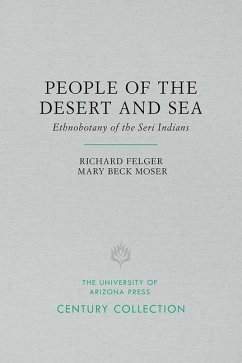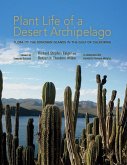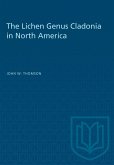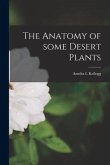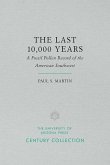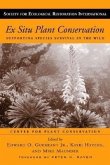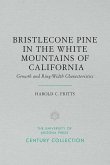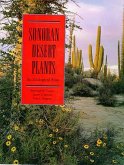"People of the Desert and Sea is one of those books that should not have to wait a generation or two to be considered a classic. A feast for the eye as well as the mind, this ethnobotany of the Seri Indians of Sonora represents the most detailed exploration of plant use by a hunting-and-gathering people to date. . . . Scholarship in the best sense of the term--precise without being pedantic, exhaustive without exhausting its readers."-- Journal of Arizona History "To read and gaze through this elegantly illustrated book is to be exposed, as if through a work of science fiction, to an astonishing and unknown cultural world."--North Dakota Quarterly
Hinweis: Dieser Artikel kann nur an eine deutsche Lieferadresse ausgeliefert werden.
Hinweis: Dieser Artikel kann nur an eine deutsche Lieferadresse ausgeliefert werden.
